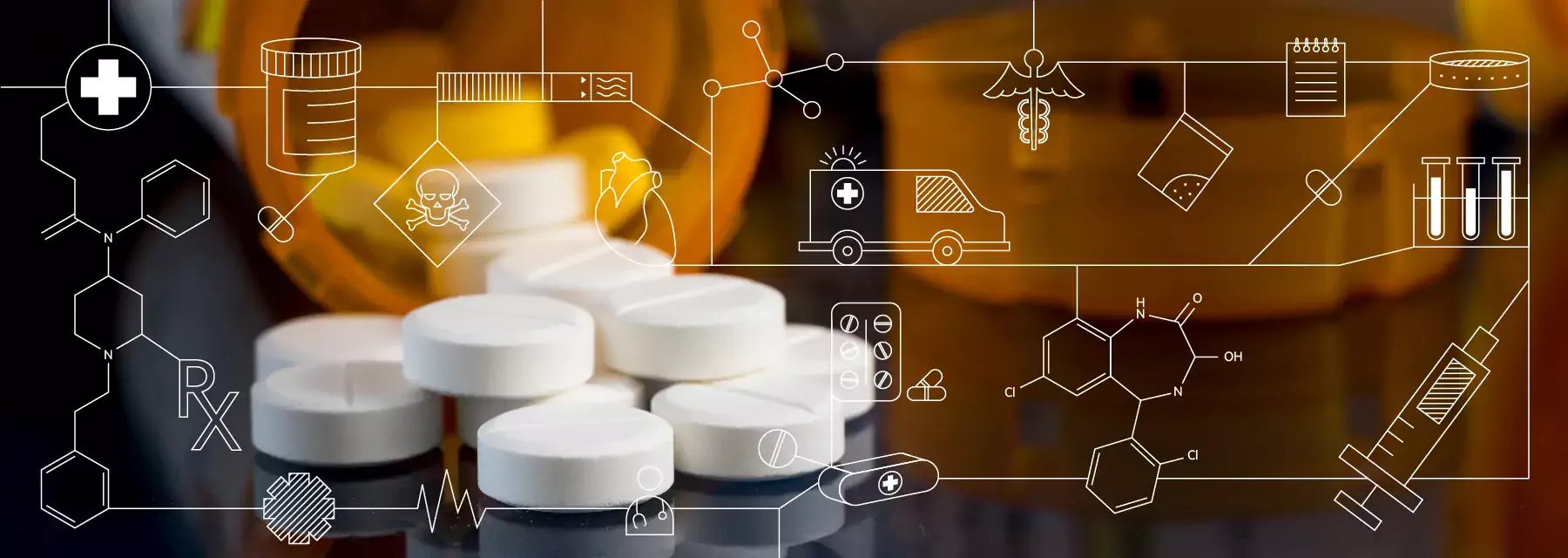
BC Centre on Substance Use
DrugSense – Applying Data Science to Drug Checking | Student Capstone Project
In 2020, there were over 1700 illicit toxicity deaths in the province of British Columbia (BC)—more than homicides, suicides, and car crashes combined. The overdose crisis has been difficult to tackle due to the unpredictability of the unregulated drug supply, primarily due to the emergence of illicitly-manufactured fentanyl. The COVID-19 pandemic only exacerbated the crisis, with 158 suspected overdose deaths in March 2021 alone and a death rate that almost doubled since the end of 2019—eclipsing COVID-19 deaths in BC.
In response to these issues, a group of MDS Vancouver students partnered with the BC Centre on Substance Use (BCCSU) to work on a DrugSense initiative for their capstone project.
The BCCSU is a provincially networked organization with a mandate to develop, help implement, and evaluate evidence-based approaches to substance use and addiction. To address the challenges of the overdose crisis, one approach has focused on the implementation of harm reduction programs through anonymous drug-checking services. Drug-checking services provide information about what is in the drugs people intend to consume to enable informed decision making about their drug use. Additionally, they are used to monitor changes in the dynamic unregulated drug market.
Together with the BCCSU, the MDS Vancouver students highlighted key themes that people were interested in when utilizing the drug-checking services, such as the types of drugs that are most often adulterated and the substances commonly found within specific drugs.
To address these key themes, the team developed an interactive and mobile friendly Plotly Dash dashboard to be embedded on the BCCSU website.
The dashboard was broken into three tabs: (1) a summary tab that contains general information about drug-checking samples, (2) a drug comparison tab that directly compares drugs of specific qualities to the rest of the data, and (3) a data tab, which provides an overview of the entire dataset.
The students worked with data from over 25,000 unique drug samples received from permanent and temporary drug-checking sites around BC since 2018. These samples were analyzed with a combination of fentanyl strips, benzodiazepine strips, and FTIR (Fourier-Transform Infrared) spectroscopy.
The goal of the interactive dashboard was to implement a dynamic interface to explore drug-checking data. In doing so, policy makers, healthcare providers, people who use drug-checking services, and the public were provided powerful visualization tools to discover and highlight key trends and statistics about the unregulated drug supply, and were given an accessible educational platform offering opportunities to learn more.
Explore our Data Science Programs Explore Other Data in Action Stories